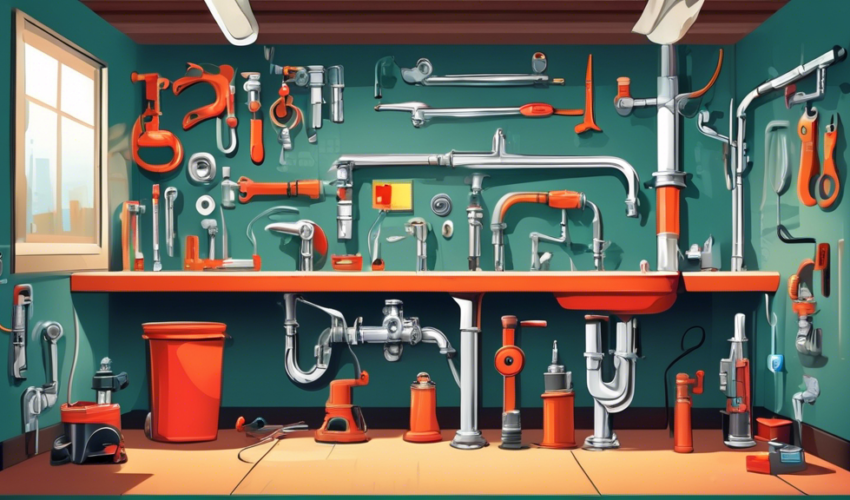Understanding the Basics of Plumbing
Plumbing is an essential component of any residential or commercial building, involving the installation, maintenance, and repair of piping systems, fixtures, and equipment used for water distribution and waste disposal. Understanding the basics of plumbing can help homeowners and building managers identify potential problems, perform minor repairs, and communicate more effectively with professionals.
The Plumbing System
The plumbing system can be divided into two main categories: the water supply system and the drainage system. The water supply system is responsible for bringing fresh water into the building, while the drainage system removes waste water. Both systems are vital to the building’s functionality and require regular maintenance to operate efficiently.
Key Components of a Plumbing System
Understanding the components that make up your plumbing system can help you identify and resolve common issues. These components include:
- Pipes and Fittings: Pipes carry water to and from your home, while fittings connect these pipes and change their direction or diameter.
- Fixtures: Fixtures are devices that use water, such as sinks, toilets, and showers. Each fixture is designed for a specific function and connected to the plumbing system.
- Valves: Valves regulate the flow of water throughout the plumbing system. Knowing where your main water shut-off valve is can be crucial during a plumbing emergency.
- Vents: Vents prevent sewer gases from entering the home and allow waste water and waste to flow properly by letting air into the plumbing system.
- Traps: Each fixture has a trap, a curved section of pipe that holds water, creating a seal that prevents sewer gases from entering the building.
Common Plumbing Problems
Even with the best maintenance practices, plumbing problems can occur. Some common issues include:
- Clogged Drains: Hair, food waste, and other debris can obstruct water flow.
- Leaky Pipes: Aging, corrosion, or freezing temperatures can lead to leaks in pipes.
- Running Toilets: A faulty flapper valve or an improper water level can cause toilets to run continuously, wasting water.
- Dripping Faucets: Worn-out washers or o-rings are the usual culprits behind dripping faucets.
- Low Water Pressure: This can be caused by pipe corrosion, clogged showerheads, or leaking pipes.
Preventative Maintenance
To avoid common problems and extend the life of your plumbing system, regular maintenance is key. This can include:
- Regularly checking for leaks in faucets and pipes.
- Cleaning drains to prevent clogs.
- Insulating pipes in colder climates to prevent freezing.
- Having a professional inspect your system annually.
Ultimately, while knowing the basics of your home’s plumbing system is beneficial, certain issues and installations should be left to the professionals. Identifying the problem and understanding its possible cause can significantly expedite the repair process, but safety and expertise should always be prioritized.

